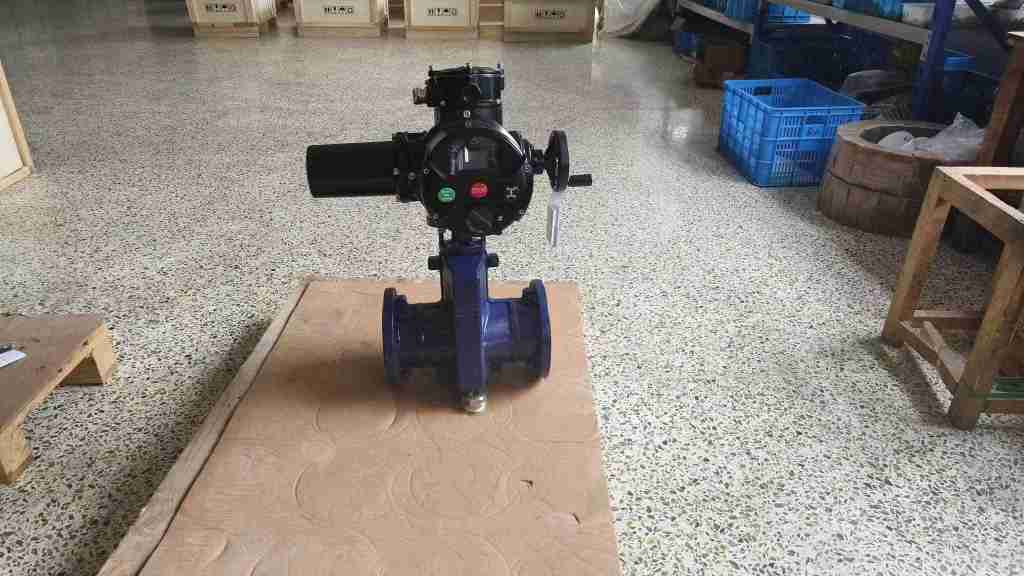electric pinch valve: revolutionizing flow control in various industries
Release time:2025-08-07 03:31:21
Electric pinch valves are a cutting-edge solution in the world of flow control, offering precise, reliable, and efficient operation across a range of industries. These valves are designed to regulate the flow of liquids, gases, and slurries by pinching a flexible tube or liner, which makes them ideal for handling difficult or abrasive materials. With the integration of electric actuators, electric pinch valves have become indispensable in modern automation systems, providing both manual and automated control options for fluid management. This article delves into the working principle, applications, advantages, and maintenance of electric pinch valves.

Working Principle
At the core of an electric pinch valve is a flexible tube or liner, typically made of elastomer or other durable materials, which is housed within a valve body. When the valve is in the open position, fluid or gas is allowed to flow freely through the tube. The unique feature of the pinch valve lies in its ability to control flow by compressing or pinching the tube shut, thereby stopping or reducing the flow of the medium.
The actuation mechanism is what sets the electric pinch valve apart. Instead of manual control, the valve uses an electric actuator to apply pressure to the flexible tube. The electric actuator is connected to a motor or solenoid, which can be programmed or remotely controlled to open or close the valve as needed. This mechanism allows for precise, automated control over the flow of fluid, ensuring consistency and reducing human error.

